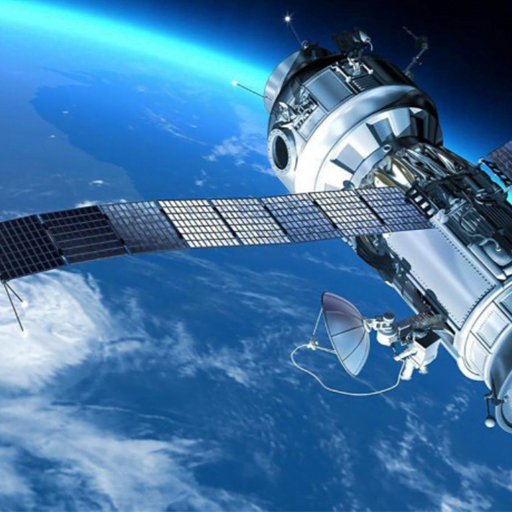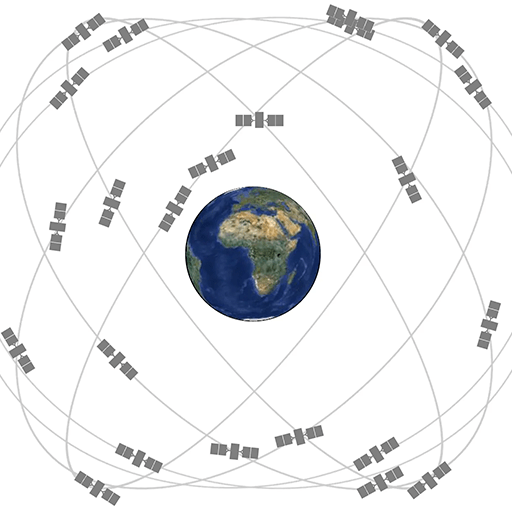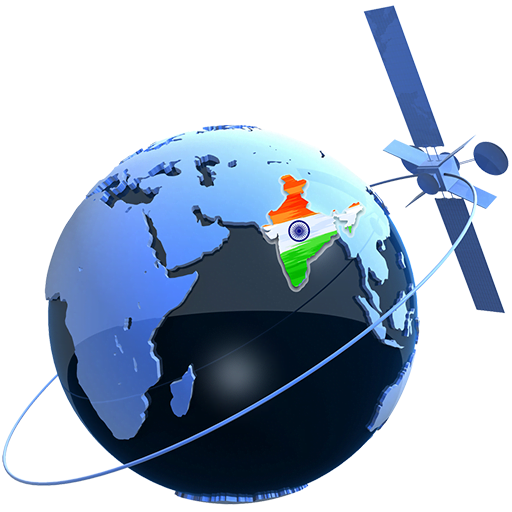What Is Location Tracking: Best Guide for Location Sharing
While location tracking can be incredibly useful, it also raises important questions about privacy and security. The definition of location tracking, its uses, advantages, possible drawbacks, and responsible location sharing best practices are all covered in this tutorial. With so many features to make our lives easier and more enjoyable, cell phones have become an essential part of the fast-paced digital world we live in. Among these capabilities, location tracking stands out as a powerful tool that enables users to share their whereabouts with friends, family, and even businesses. While location tracking can be incredibly useful, it also raises important questions about privacy and security. The definition of location tracking, its uses, advantages, possible drawbacks, and responsible location sharing best practices are all covered in this tutorial.
What is Location Tracking?
The practice of keeping track of or figuring out where an object, person, or gadget is physically located is called location tracking. This is made possible through the use of various technologies, including GPS (Global Positioning System), Wi-Fi, cellular networks, and RFID (Radio-Frequency Identification). From fleet management and social networking to navigation and emergency services, location monitoring is used by both individuals and companies for a wide range of objectives.
Navigation and Mapping: Location tracking powers navigation apps like Google Maps and Waze, helping users find directions, locate points of interest, and avoid traffic.
Location-Based Services (LBS): Businesses use location data to offer personalised services and targeted advertisements based on the user’s current or past locations.
Social Networking: Social media platforms allow users to share their location with friends and followers, enabling features like check-ins, location tagging, and geotagged posts.
Emergency Services: Location tracking can be crucial for emergency response services to quickly locate individuals in distress and dispatch assistance.
Asset Tracking: Businesses use location tracking to monitor the movements of their vehicles, optimise routes, and ensure efficient fleet management. This leads to cost savings and improved operational efficiency.
Fitness and Health: Wearable devices and fitness apps often utilise location tracking to monitor and analyse users’ physical activities, providing valuable data for health and fitness goals.
Benefits of Location Sharing
There are several advantages that location sharing may provide.
Convenience: Sharing your location with friends or family members can make it easier to coordinate meet-ups, find each other in crowded places, or provide directions.
Safety and Security: In emergencies, sharing your location with trusted contacts or emergency services can facilitate a faster response and ensure your well-being.
Personalised Services: By sharing your location with certain apps and services, you can receive tailored recommendations, deals, and content based on your current whereabouts.
Efficient Resource Allocation: Businesses can optimise their operations by tracking the locations of assets, vehicles, and personnel, leading to improved logistics and resource management.
Considerations for Safe Location Sharing
Even though location monitoring has several advantages, it’s important to take the following into account to make sure location sharing is appropriate and safe:
Privacy Settings: Familiarise yourself with the privacy settings of apps and devices that track your location. Review and adjust these settings to control who can access your location data and when.
Permission Control: Be cautious when granting location permissions to apps. Consider whether the benefits of sharing your location outweigh the potential privacy risks.
Selective Sharing: Practice selective sharing by only sharing your precise location with trusted contacts or in situations where it’s necessary.
Regular Review: Periodically review the apps and services that have access to your location data. Revoke access for apps that you no longer use or trust.
Educate Yourself: Stay informed about the latest developments in location tracking technologies, privacy regulations, and best practices for secure location sharing.
Transparency: Be transparent about the data collection and usage practices, providing users with clear information on how their location data will be utilised. Offer users the ability to review and manage their location-sharing settings easily.
Educate Children: Teach children about the importance of responsible location sharing and the potential risks associated with sharing their whereabouts online. Enable parental controls on devices to manage location settings.
Unauthorised Access: Improper use of location data can lead to unauthorised access, putting individuals at risk of stalking, identity theft, or other malicious activities.
Conclusion:
In the connected, digital world we live in today, location monitoring has become essential. Although there are no denying its advantages in terms of ease, security, and customisation, users must be aware of privacy concerns. By understanding the applications, benefits, and potential risks associated with location tracking, individuals can make informed decisions about when and how to share their location, ensuring a balance between convenience and privacy in the digital age.



